Russia to respond to US missile deployment in Asia Pacific: Envoy
Russia's ambassador to Washington has warned against US deployment of missiles in the Asia-Pacific region, saying Moscow will take reciprocal measures to counter such provocation.
“If American missiles are deployed in APAC [Asia Pacific]… then the range of these missiles would reach the Russian Federation, covering strategic targets of tactical nuclear deterrence,” Anatoly Antonov told Channel One Russia on Saturday, according to Sputnik.
“Yesterday, I received confirmation once again that this is what’s going to happen [the deployment of US missiles] and I said that, of course, adequate steps will be taken from the Russian side," he added.
The Russian official urged American policy makers to reverse course in regard to the proliferation and deployment of arms and resume dialog as an alternative to conflict.
“The Americans are confident that they will win the arms race, they are confident that they will complete the previous policy of tearing the Russian economy to shreds,” Antonov said. “And despite my constant assertions that such a path is dangerous, that dialogue is necessary, there has been no success in convincing current American politicians, at least key ones who are responsible for arms control.”
Last week Russia’s Deputy Foreign Minister Sergei Ryabkov rejected as “unacceptable” a proposal by Washington to condition the extension of the New START arms control treaty on the freezing of Russian and US nuclear weapons at the current levels.
The US also officially withdrew from the Intermediate-Range Nuclear Forces (INF) Treaty on August 2, 2019, blaming Russia for the collapse of the Cold War-era treaty.
Following the US decision, Moscow also declared the formal end of the arms control treaty signed in 1987 by then US president Ronald Reagan and Soviet leader Mikhail Gorbachev, limiting the manufacturing and deployment of medium-range missiles.
The INF treaty had banned all land-based missiles with ranges of between 500 and 5,500 kilometres and covered missiles carrying both nuclear and conventional warheads.
The treaty was seen as a milestone in ending the Cold War arms race between the two superpowers, leading to the elimination of nearly 2,700 missiles from both sides.
VIDEO | Trump's tariffs threatens world economy
Nasrallah, Safieddine symbols of 'graceful resistance': Iran's Foreign Ministry spokesman
On day of great farewell, resistance more determined to continue Nasrsallah’s path: Hamas
VIDEO | Yemenis hold ceremony commemorating former Hezbollah leaders in Sana'a
Israel's high court grants Netanyahu 90 days to start Oct.7 inquiry
Lebanese president reaffirms support for Palestine as he meets Iranian officials
Hezbollah to continue on Nasrallah’s path: Sheikh Qassem
Resistance will continue until ultimate goal achieved, Leader warns enemy


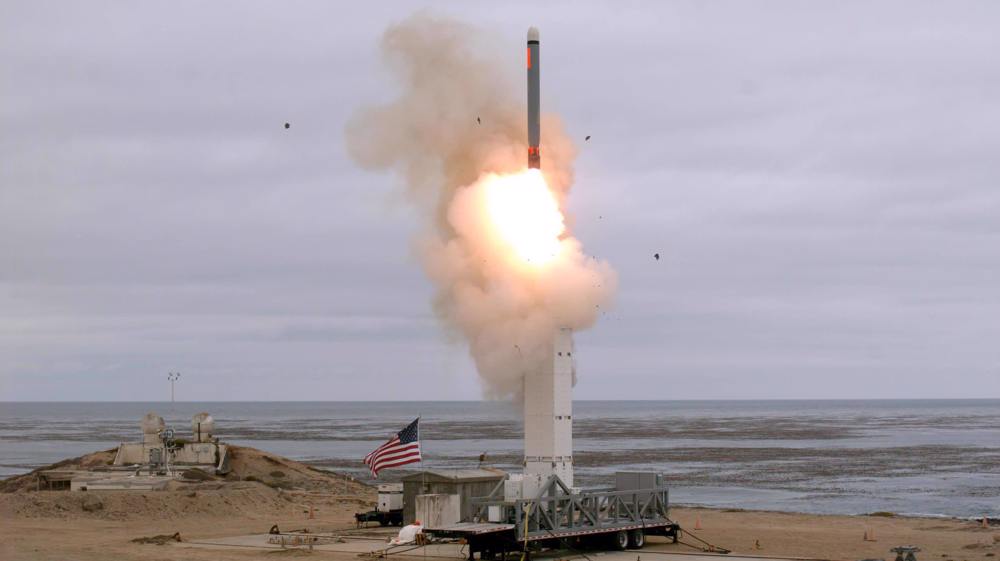

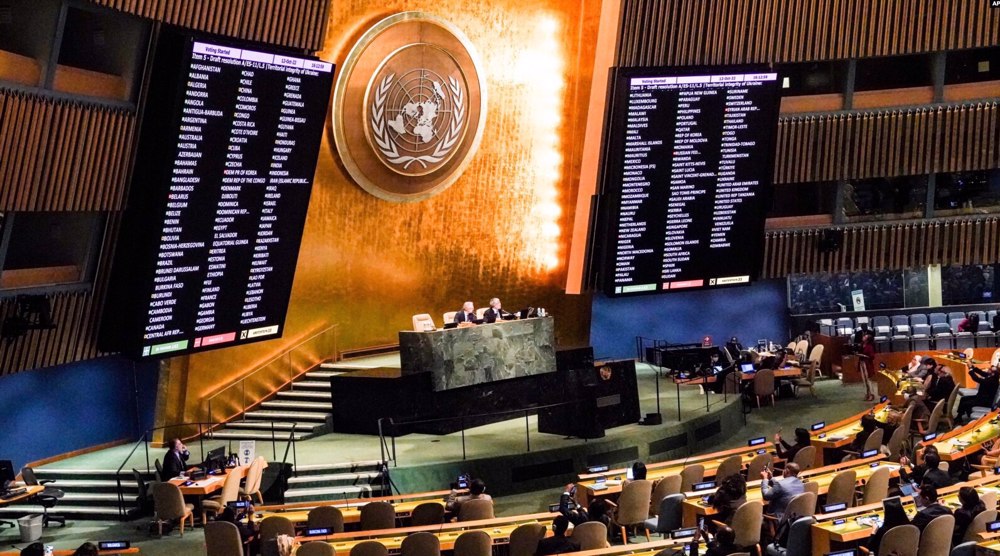
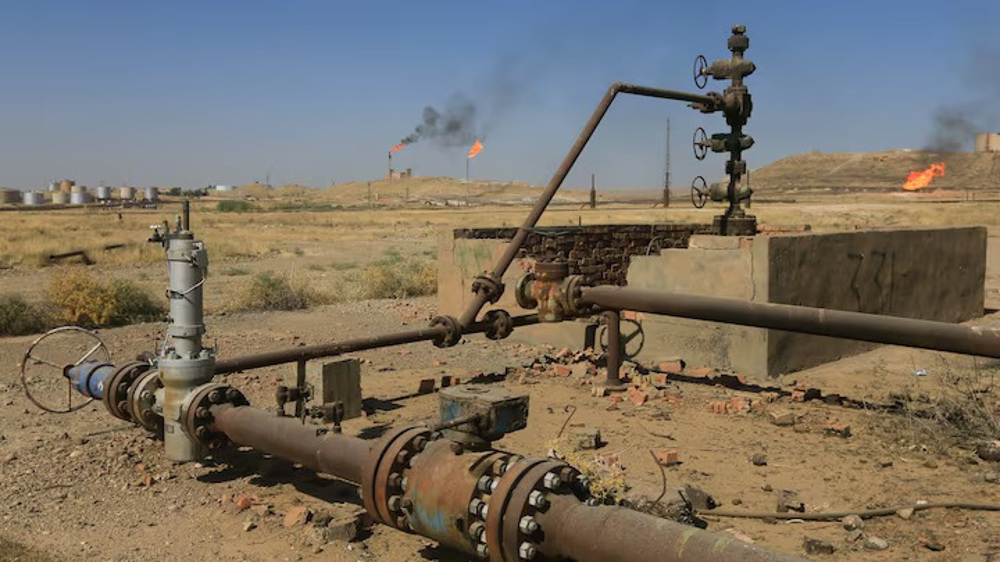
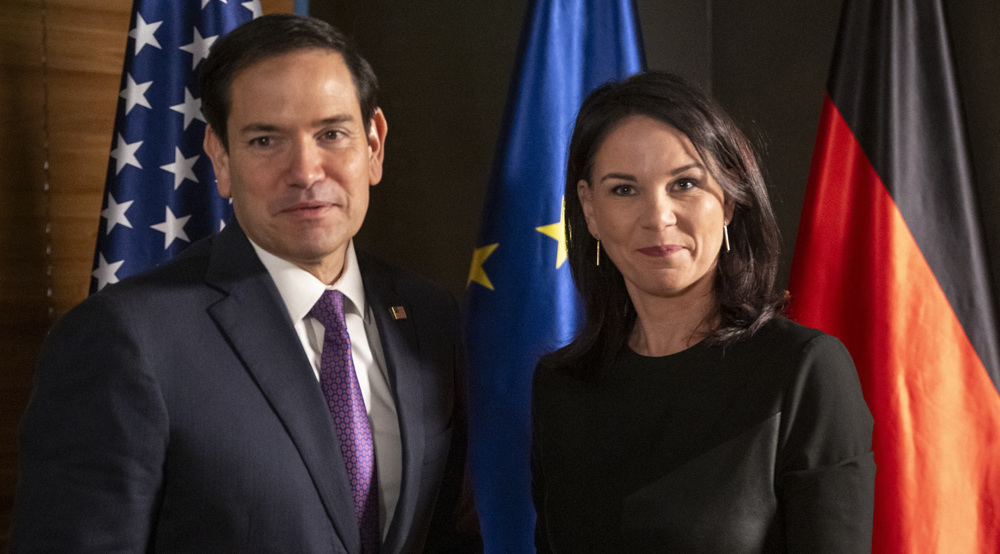








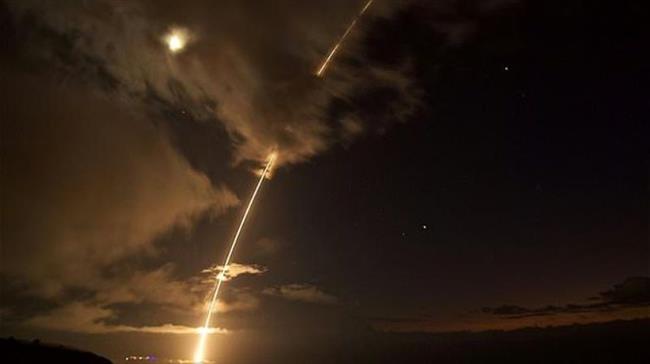

 This makes it easy to access the Press TV website
This makes it easy to access the Press TV website